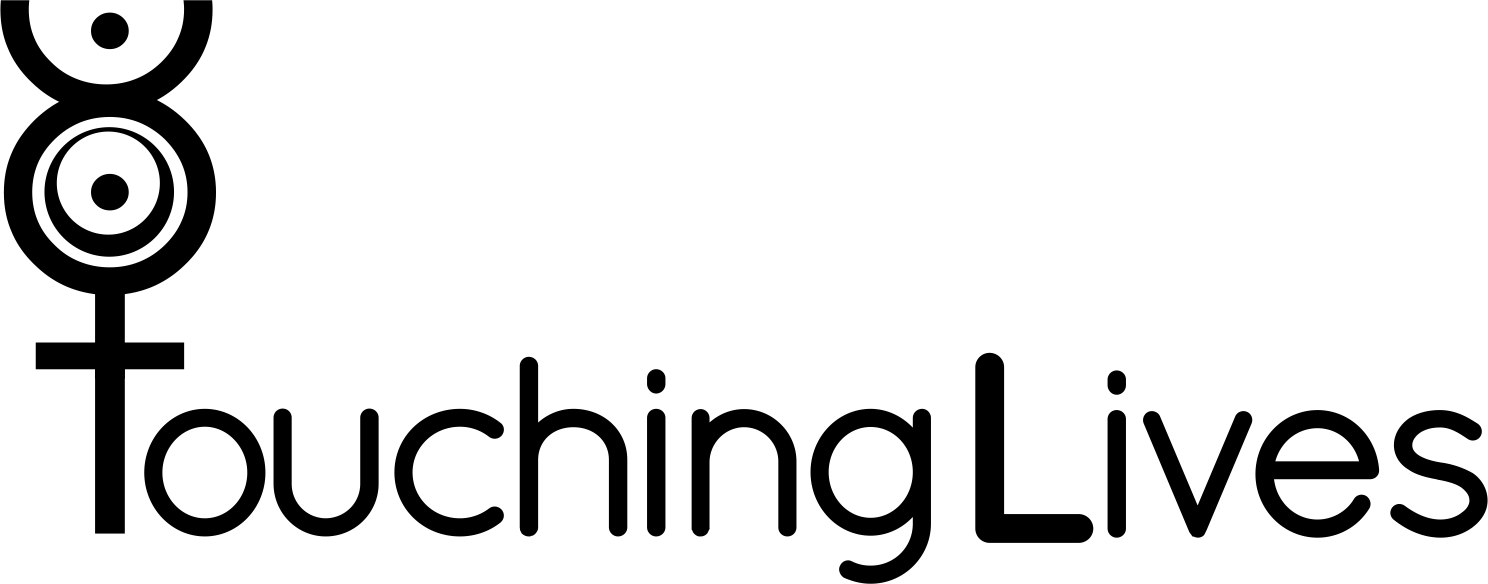STORY TELLING; It’s like everyone tells a story about themselves inside their own head. Always. All the time. That story makes you what you are. We build ourselves out of that story.
Patrick Rothfuss, a fellow story teller
Once upon a time… we hopped onto the roller coaster and rode out into the deeply joyous world of Storyland. The storytellers of our times were not professional, they were better – our mothers and fathers and grandmothers and aunts and uncles. A sprinkle of love, and a dash of imagination and off we went – from the fantasies of Arabian Nights and Cinderella to the witty anecdotes of Akbar and Birbal and Tenalirama, from the brave tales of our freedom struggle to the adventurous exploits of the great myths.
Stories are certainly an immensely powerful tool to connect with children. They can do so much for children – help them open up, give them valuable insights of life, cast them into a web of perspectives and expand their imagination. A story-teller thus continues to play a crucial role in a child’s life even today. Whether you’re a teacher, mother, a professional story-teller or simply someone who likes telling stories, it always helps to use the right tools. Here are a few simple and essential tips to help you hone this fascinating art of storytelling.
Gestures
Talk with your hands, nod your head, tap your feet, raise your eyebrows, roll your eyes. Let your body contribute to your story. Gestures help hold your listeners’ attention and further strengthen their understanding.
Voice modulation
A story’s magic increases manifold with the magic in your voice. You can manipulate your pitch to convey meaning, portray your emotions and stimulate a reactive emotion in your audience. They will feel the story and remain captivated in it, away from reality, charmed and enchanted by the sound of your voice.
Know your audience
The better you know your story and why it matters, the better you will connect with your audience. Also, how well you know your audience will help you tell a story better. There need not be concrete categories but it makes sense to share a story that listeners can relate to. So go with the flow of the story, do what feels natural, and watch your audience.
A Historical Perspective
As fascinating as this art of storytelling is, its historical and cultural aspects are as rich and enchanting. How did storytelling evolve? What counts for the variety? Who kept the stories alive? So many questions come to the mind once we start thinking on those lines. In ancient times, stories were the biggest source of entertainment, mostly through dance and theater. Let us take a look at some of the pioneering forms of storytelling that form the big history of stories all over the world.
Dastangoi: A thirteenth-century, Urdu oral storytelling art form.
Kaawad bachana: This art form from Rajasthan is an amazing blend of picture painting, singing and narration of mystical tales.
Yakshagana: is a traditional theater form that combines dance, music, dialogue, costume, make-up and stage techniques with a unique style and form.
Harikatha: is an art form of storytelling that includes poetry, music, drama, dance and philosophy.
Pardeh Khani: One of the most dramatic forms of story narration and singing in Iran, Pardeh Khani is the telling of epic stories painted on a screen, and its history goes back all the way before the advent of Islam.
These and several other, lesser-known art forms are receding into the different corners of the world where they came from. Yet it is quite true that a lot of new-age content draws inspiration from these ancient forms. A new generation of story-tellers has emerged and stories are interspersed into our lives through a host of media. They may or may not have the original charm of an authentic cultural flavor. It is true that the modern story-teller has much to accomplish in her/his field. We can do our bit to restore the ancient arts by reading and narrating the works of our writers and poets like Kabir and Rabindranath Tagore. Not simply because of the nostalgia but also to perpetuate the ancient wisdom. And as Margaret Atwood reassures us all by saying, ‘You’re never going to kill storytelling because it’s built into the human plan. We come with it.’ Let’s thrive on these treasures. Let’s tell a story.
Sonam Tevar is a Community Leader and Creative Writer at Touching Lives. She is currently pursuing her Bachelor’s in Mass Media and loves dancing, chatting and watching movies.
